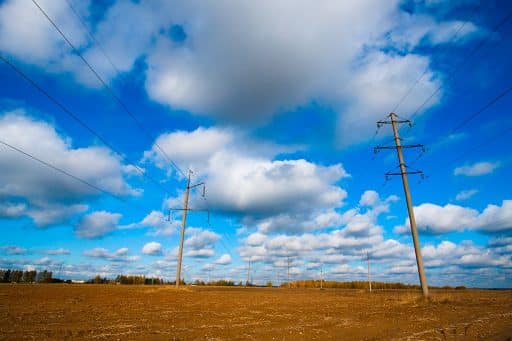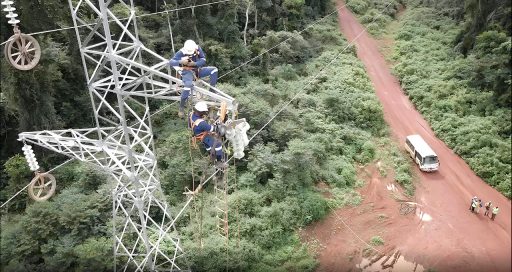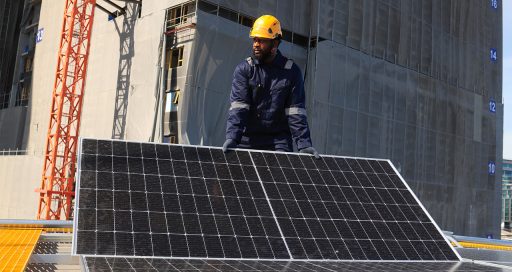Faced with increasingly frequent violent weather events, the ageing US power supply network is in a race against time. But solutions do exist.

In the face of climate disruption, power grid operators are working to strengthen poles and to route power lines underground.
On 28 September 2022, Hurricane Ian, one of the most powerful in US history, struck Florida and South Carolina. This Category 4 storm caused the deaths of more than 60 people and plunged 2.7 million into darkness.
This type of catastrophe, likely to occur more frequently in future due to global warming, again highlighted the weaknesses of the ageing US power supply network. A study has shown certain parts of the network are more than 100 years old, and 70% of transmission and distribution lines are in the latter half of their useful life. According to a report by the American Society of Civil Engineers, the distribution network alone accounts for 92% of all power outages.
Jim Turley is President of Booth & Associates, an electrical and gas utility engineering company within the PrimeLine Utility Services group, specialising in transmission, distribution, substation and telecommunications infrastructure (VINCI Energies). He explains that “The main cause of outages during hurricanes, and it is also the case during ice/snowstorms, is the falling of trees onto distribution lines. So, the challenge on the utility side is ensuring the regular maintenance of the right-of-way and cutting trees away from the lines”.
“While the equipment has been reinforced in coastal regions, inland, the distribution network remains more of traditional design and construction standards.”
He adds, “The other way to reduce power outages is to raise the level of design and strength requirements for new installations. This is addressed by the NESC standard (1), especially since the 2002 edition following the series of hurricanes that struck the country in the 1990s. Since then, high-voltage lines must be able to withstand winds of up to140 mph (225 kph), increased from the previous 110 mph (177 kph).
“The requirements are increasingly demanding for transmission lines and in coastal areas such as Florida or the East Coast and many utilities in these regions have begun strengthening their distribution infrastructure.”, says Jim Turley. “The latest 2023 NESC update was just released in August 2022.
Reinforcing equipment and burying power lines
To meet these new technical requirements and improve its network, Florida’s largest public electricity provider Florida Power and Light (FPL) is constantly reinforcing its electrical poles. In 2018, it also launched a pilot programme known as Storm Secure Underground. Its aim is to replace overhead power lines with underground lines to improve resilience during hurricanes and other extreme weather events.
“Overall, Florida Power and Light has done great work in strengthening its network”, says Nick Smith, Director of Estimating and Project Management at Chain Electric Company, a Prime Line Utility Services company that specialises in the construction and maintenance of electrical distribution systems, and was involved in urgent repair work following the hurricane. “Even though we had more than 2.5 million faults after Hurricane Ian, we were able to get almost everything operational in around two weeks”.
However, according to Jim Turley, there are still regional variations: “While the equipment has been reinforced in coastal regions, inland, the distribution network remains more of traditional design and construction standards. While Hurricane Ian did not penetrate the heart of North Carolina, some hurricanes do sometimes and can cause enormous damage by bringing down large trees. It is necessary that the work of reinforcement, maintenance of rights-of-ways and the burial of lines must continue to reduce outages and improve restoration times”.
(1) The National Electrical Safety Code (NESC) is an American standard relating to the safe installation, operation and maintenance of electrical supply and communications systems.
16/03/2023





